Convenience retailers are some of the hardest workers in the UK, but putting in the hours doesn’t always guarantee results. These days it’s all about working smarter, not harder. And how do you do that? With technology. Whether it’s money-saving smart meters or time-saving epos, sales-boosting social media solutions or clever chillers, technology has the potential to transform your business.
Here Convenience Store looks at the technologies available to the sector and speaks to the retailers who use them. It’s time to take your business to another level.
Customer engagement
Engagement is what independent retailers do best, and what the multiples just can’t match. Now retailers can add to their face-to-face interaction with a range of technological advances that help build better relationships with shoppers. From messages that make customers feel welcome in store, to social networking that tailors promotions, creates publicity or just asks for feedback, there’s a solution that can cater for all budgets and skill sets.

Social media
The first place to start interacting with shoppers in the computer-age is through social media networks - and the good news is that it won’t cost you a penny. With more than 14 million daily Facebook users and 12 million Twitter feeds in the UK alone, there’s plenty of opportunity for retailers to speak to their customers through social media.
Londis retailer Steve Bassett was one of the first independents to get involved with Facebook and launched a page for his Abbotsbury Road store in Dorset back in 2009. Steve tries to keep his content varied, posting store photographs, information on new lines and services, and offering prizes to customers who interact with the page. He says while it’s not always something you can prove generates sales, it helps you become more ingrained in the community. “It would be impossible to say I’ve sold more beans because of Facebook, but it’s improved my relationship with my customers and helped attract others.”
1969
The Apollo 11 mission to the moon took place, powered by computers which had less processing power than the modern mobile phone
1973
The first handheld mobile phone, weighing 1kg, was demonstrated by Motorola in the US
1984
The first working 3D printer was produced. Industry experts have predicted one in every business in the next few years
2012
Google Glass was first tested in April, with a demonstration of a video shot on the glass aired the following month
Adam Hogwood, site manager of Budgens Broadstairs, Kent, uses both Facebook and Twitter to promote the store, and finds Twitter a quick way of getting the job done during a busy day. “We’ve linked them both so that posts on Twitter will appear on Facebook, and vice versa,” he says. “Twitter can be more spontaneous and help capture the moment better.”
Kash Khera of Simply Fresh believes that there is an opportunity for sites that have a local approach. He is investigating the Streetlife social media site, which has sub-sites that are determined by a user’s postcode. He says: “A site such as Streetlife is perfect as retailers can use it to engage with people in their community and organise events that will have more local impact.”

Digital displays
Once the customers are in your store, the engagement doesn’t stop there as digital signage can promote new and complementary products.
Last September Costcutter rolled out 42in LED transflective digital window display units across its estate. The company says the units provide an opportunity for retailers to draw attention to their offer, and the content shown on them can easily be adapted.
Kwiksave retailer Atul Amin in West Bromwich says the digital aspect provides the flexibility to target certain customers. “The screens are a fantastic way of creating awareness of a wide range of products and services, and I can change the messages within seconds so I am able to promote different products to different customers depending on what time of day it is and their shopping habits,” he says.
He even prefers digital over printed POS: “The clarity of the displays means that customers can read the messages from further away than standard posters, which helps to attract more people.”
Satminder Deo of Costcutter Wath in Yorkshire prefers to use his digital screens to promote meal deals at his food-to-go counter, and uses them to promote seasonal offers and new products.
He says that the results have been strong so far and is keen to increase the number of screens in store. “If they are placed in locations where customers are queuing or waiting, and the products can be picked up without them leaving that queue, they’ll do well,” says Satminder.
Digital displays aren’t only a more lively version of POS, though, they can also be used to inform customers about other aspects of the store, such as community work, or product information. And if you really want to push the boat out, then why not take a leaf out of Scotmid’s book. It has installed a giant interactive tablet at its new Barnton store in Edinburgh, through which consumers can find out more about staff, recipes, local supplier information, community initiatives and even leave feedback.

Bluetooth and Near-Field Communications
What’s next when it comes to technology and engagement? With smart phones currently being used by 60% of the population, there is an opportunity for retailers to interact through Bluetooth and Near Field Communications (NFC). Although both are often lumped together, there are differences. Bluetooth is similar to a radio signal used to communicate over larger distances of up to 10 metres, and messages will be displayed to everyone who has their phone’s Bluetooth technology turned on and is passing through the Bluetooth zone. NFC is more targeted and works over a much shorter distance of 10-20cm.
Both Bluetooth and NFC are still to gain traction in c-stores here, with stores close to universities being the main users. In the Republic of Ireland, the technology was installed in Centra and Londis stores around Dublin in 2009. Organised by marketing company Bluemedia, the set-up sends prompts about store promotions to passers-by, with the customer deciding if they want to accept the message. According to Bluemedia director Luke Keily, more than 60% of people have their Bluetooth turned on at all times, and half of those who receive the prompts accept them.
Due to its tighter controls on who sends and receives it, NFC is currently being used for contactless payments in stores, but it does have some engagement potential. A store in France recently became the world’s first NFC-compatible supermarket, while Dutch convenience chain Albert Heijn has introduced the technology in several of its Amsterdam stores.
See how technology is driving the supply chain
See how technology is driving efficiency
See how technology is driving energy-saving





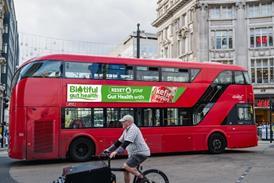











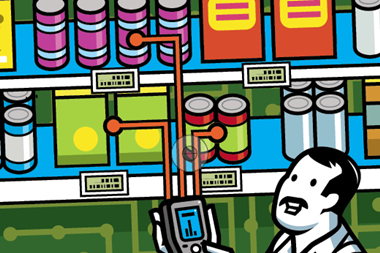
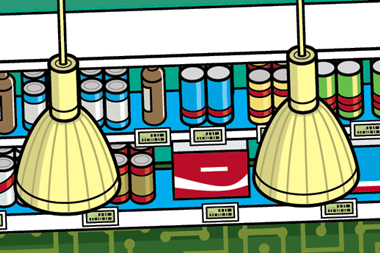

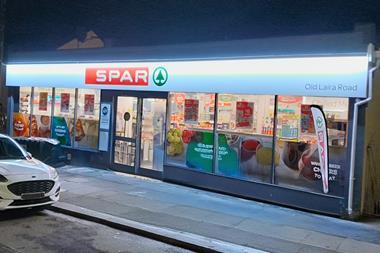

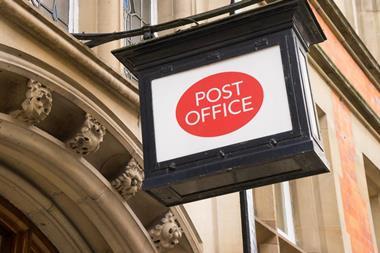
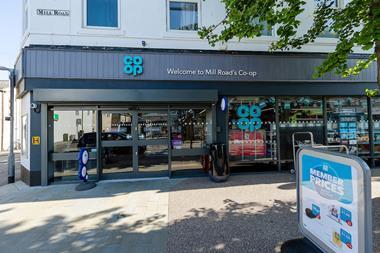
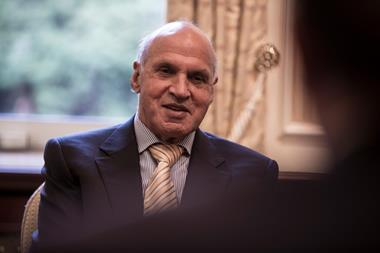
No comments yet